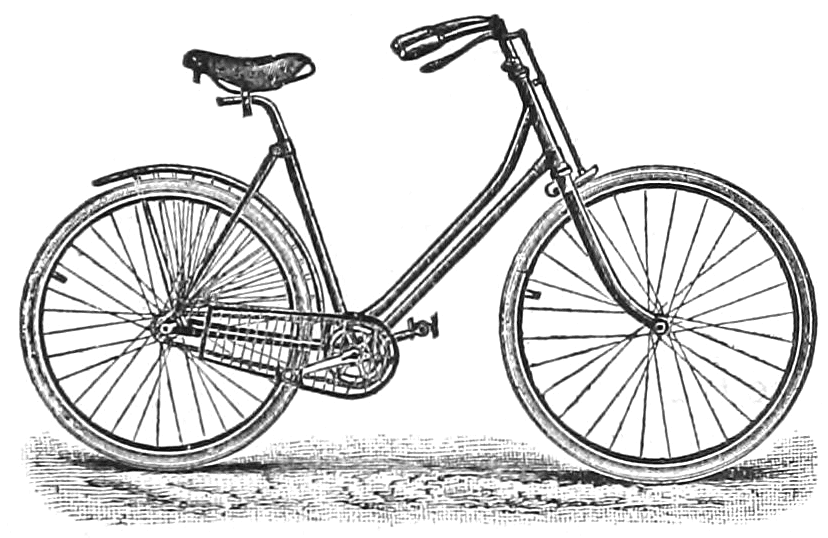This is the first in a series of articles about the history of bicycles in America. Each month, an installment will be written by a professional cyclist, an influencer in the sport of cycling, or a bicycle expert. This is the inaugural article, written by Santa Cruz bicycle accident attorney, Jeffrey Nadrich. Mr. Nadrich has been an avid cyclist throughout his life and has competed in many amateur cycling events throughout California.
What is the Newby Oval?
Before there were race cars, there were bicycles. Bikes became popular when author Mark Twain tried one for the first time in 1884 at age 48. He attempted to mount one numerous times before he was able to steady the bike and ride. Once he succeeded, he didn’t want to stop, and urged his readers to try cycling.
Bicycling was at the height of its popularity in the 1890s, when millions of bikes were sold each year. Sales declined when the automobile was introduced.
Until the 1900s, bicycles were all the rage. Clubs were formed and avid fans collected cycling paraphernalia and art. As the fervor continued, manufacturers looked for ways to make bikes even better. They added lighter frames and pneumatic tires.
Bicycling was huge in Indianapolis. Now home to the Indy 500, Indianapolis was first home to the National Meet of the League of American Wheelmen. This may not seem significant to many of us, but it was the Super Bowl of its time.
It all began with the Zig Zag Cycling Club in Indianapolis. Three of the members, Arthur Newby, Carl Fisher and James Allison, started their own business and began manufacturing Diamond bike chains under the name Indianapolis Chain & Stamping Co. Newby envisioned a bright future for bike racing and convinced the League of American Wheelmen to have their National Meet in Indianapolis. He sweetened the deal by building the Newby Oval for $23,000. The Newby Oval was a quarter-mile track designed by Herbert W. Foltz, then president of the League of American Wheelmen.
On July 4, 1898, the track was tested. The amphitheater was only partially built. Nevertheless, the track lured the country’s best racers, including Marshall “Major” Taylor, who was only 15 years old. He set the record speed at the Newby Oval.
Unfortunately, attendance was poor, and ticket sales were unable to pay to cover operating expenses. Subsequently, the track was used for high school sporting events, conventions and performances, until it was demolished in August 1902.
Next Month’s Installment: The History of the Tandem Bicycle

